iOS 17 makes the iPhone more useful, but several new features with limited region and language support won’t be broadly available to everyone at launch.

Some of iOS 17’s new features won’t be universally accessible to all users who install the update. For instance, enhancements like the shorter Siri invocation and live voicemail are restricted in terms of supported languages.
Others are based on hardware limitations, like adaptive audio and the shorter Siri invocation. Here’s a quick overview of the nine new features in iOS 17 that will be restricted to specific languages, countries or accessories at launch.
9 new iPhone features in iOS 17 with limited availability
Folks living in the United States won’t miss out on any region- or language-restricted features in iOS 17, but that doesn’t mean they shouldn’t be warned about the ones bogged down by hardware limitations. As for our international readers, you’ll definitely be interested to learn which new features you won’t get at launch.
1. Shorter Siri invocation
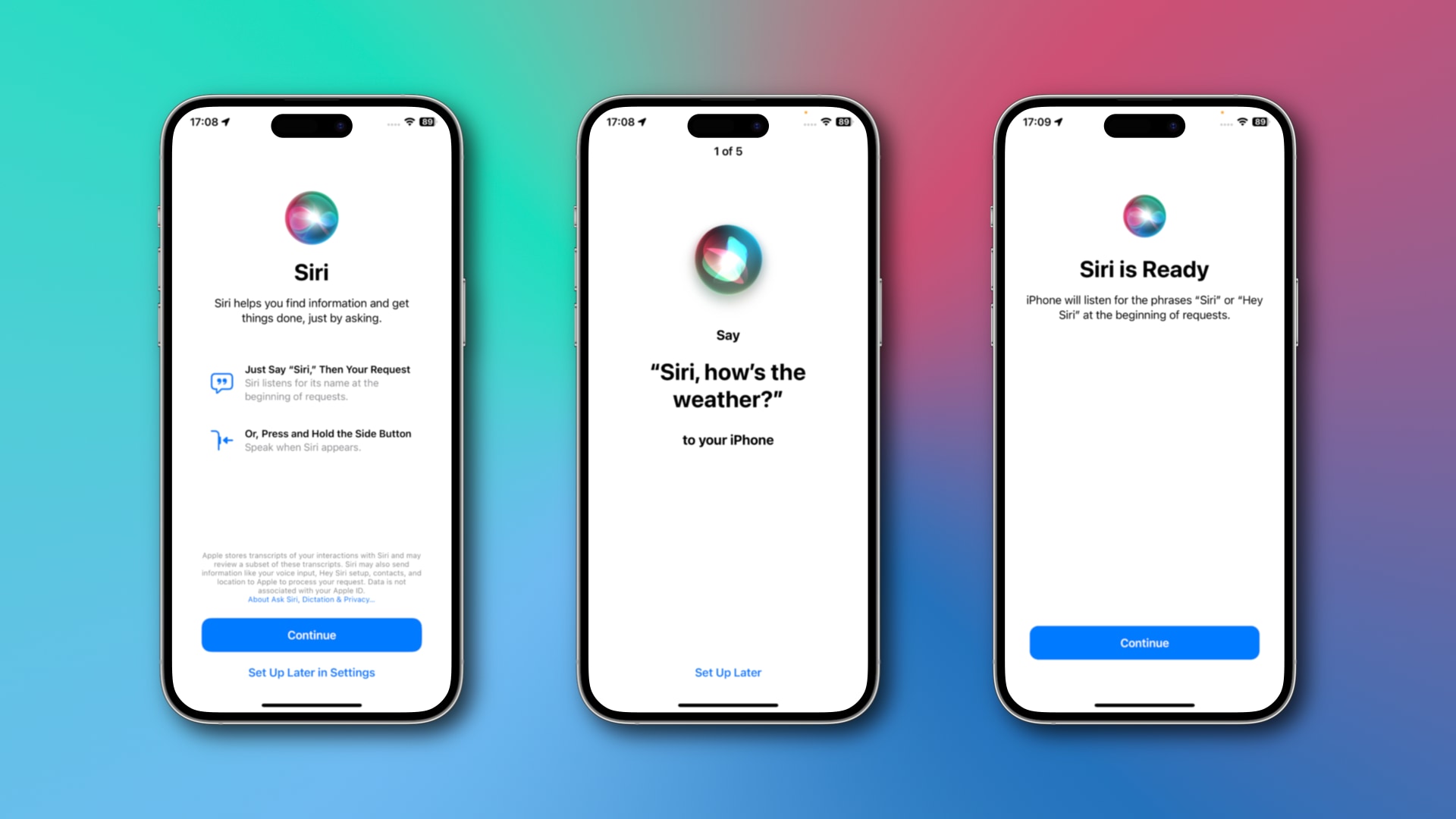
iOS 17 permits you to choose between the standard “Hey Siri” phrase and the shorter “Siri” invocation (you can set this during the setup or later in Settings.) With the new “Siri” hot word in iOS 17, you can invoke the digital assistant faster.
This helpful feature is restricted to the second-generation AirPods Pro, the only model with Apple’s H2 headphone chip. Furthermore, it’s only available when the Siri language is set to English (US, UK, Canada and Australia) in Settings.
These restrictions don’t make sense because “Hey Siri” currently works in nearly 40 countries in a variety of languages, including Russian, Italian and Chinese. Apple probably couldn’t re-train the underlying machine learning algorithm tasked with recognizing the hot word to understand all the languages Siri supports.
On top of that, “Hey Siri” works like a charm on the AirPods models powered by the H1 chip, like the AirPods Max. This is to say—we’re confident that the shorter “Siri” invocation will expand to more countries and languages in the future.
2. Back-to-back Siri requests

The shorter “Siri” invocation makes Apple’s virtual assistant spring to action faster. Once activated, Siri can follow multiple back-to-back requests without repeating the magic word again. However, back-to-back Siri requests are limited to English (US, UK, Canada, Australia) on the iPhone 11 and later.
3. Adaptive audio

The Apple H2 chip in the second-generation AirPods Pro can reduce loud environmental noise like a siren. This is called Adaptive Transparency. iOS 17 improves upon Adaptive Transparency with a new feature called Adaptive Audio.
The H2 chip adapts audio to your changing environment. For instance, if you happen to be passing by loud construction tools, Adaptive Audio will block those noises without drowning the voice of a friend walking with you.
Apple says Adaptive Audio on iOS 17 “dynamically blends Transparency mode and Active Noise Cancellation together.” That said, on-device processing requires the H2 silicon so you’ll need the second-generation AirPods Pro to use this feature.
4. FaceTime on Apple TV

iOS 17 allows you to transfer a FaceTime call to your Apple TV to enjoy video calls on the biggest screen at your home. Also, you can initiate new calls directly on the Apple TV while using an iPhone’s camera for video. To use tvOS 17’s new FaceTime app, however, you must have at least the second-generation Apple TV 4K.
5. Home app history
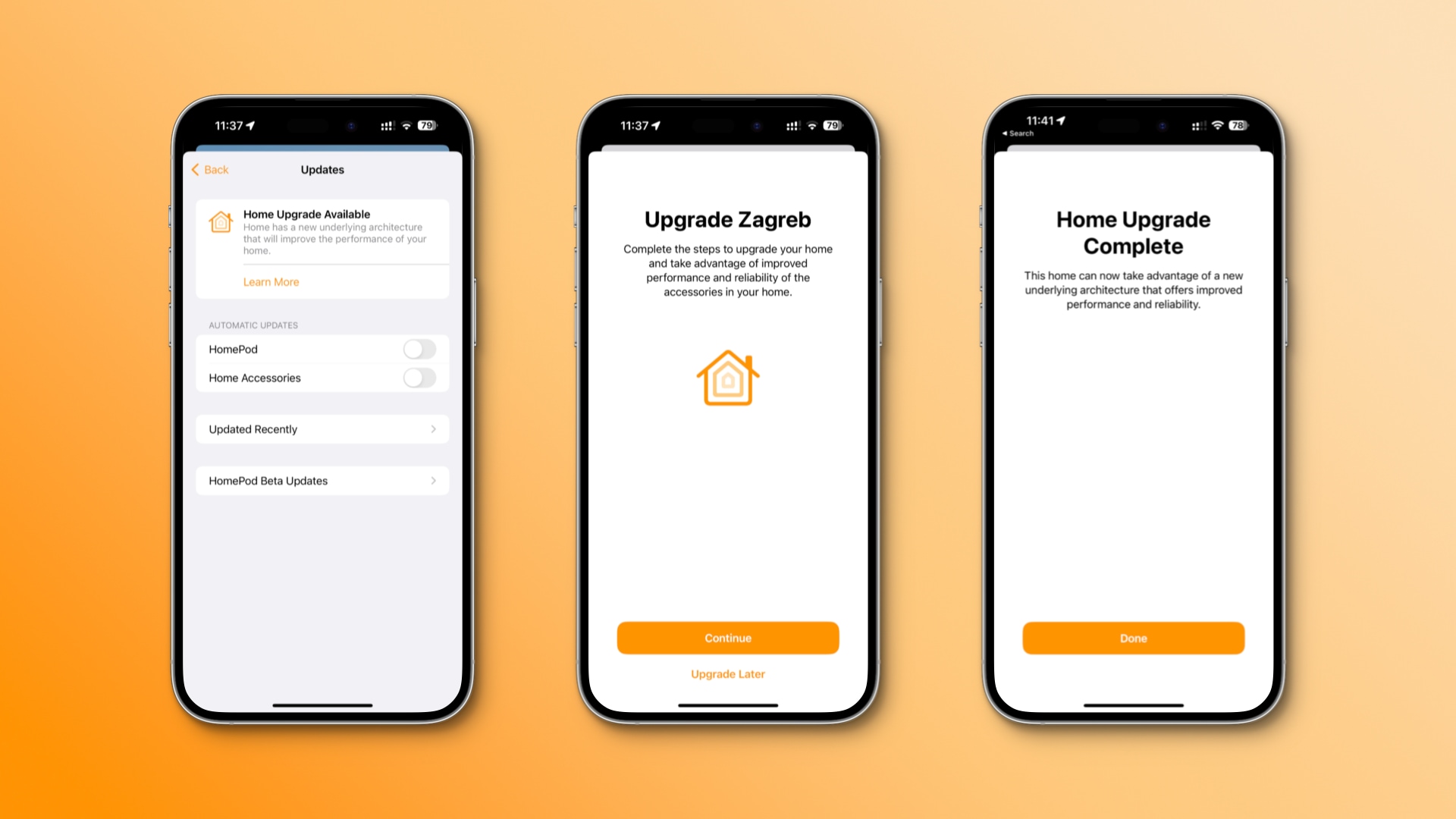
The Home app in iOS 17 brings activity history. If you’ve ever wondered who locked or unlocked the door and when, your activity history has the answer. You can view recent activity for three types of smart home devices—garage doors, contact sensors and security systems. Importantly, activity history will be off-limits unless you upgrade your smart home to Apple’s new architecture.
6. NameDrop doesn’t work on older Apple Watches
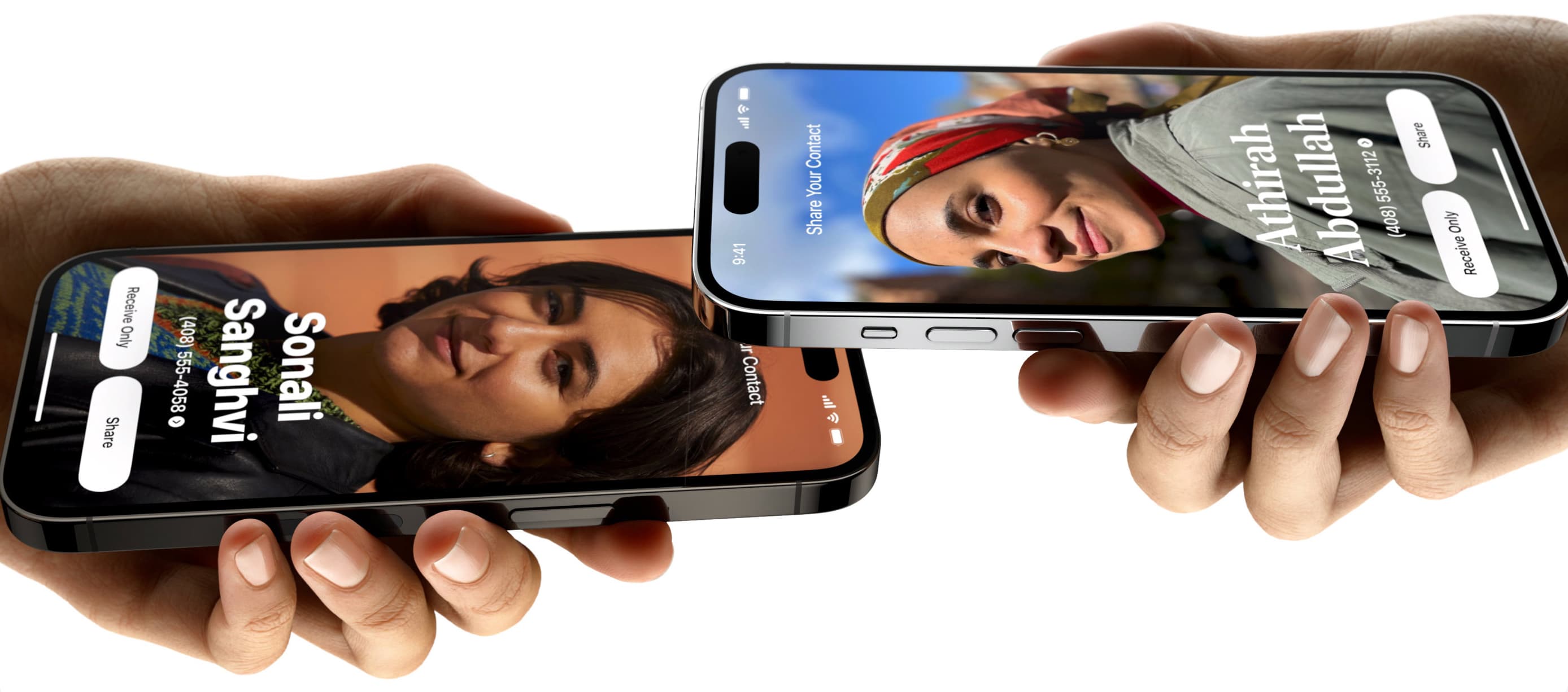
NameDrop is a new contact-sharing experience in iOS 17. Bring your iPhone close to another person’s iPhone to share your contact details and contact posters. And if you spend some time creating a contact poster in iOS 17, the other party using NameDrop will see the gorgeous full-screen image you choose.
Expectedly, NameDrop only works if both the caller and receiver are on iOS 17. NameDrop is also possible between an iPhone and the Apple Watch Series 6 or later, Apple Watch Ultra and all Apple Watch SE models. Older models that run watchOS 10, like the Apple Watch Series 5, don’t support this cool feature.
And while NameDrop will be available on the iPhone when iOS 17 launches, Apple says that Apple Watch support will arrive “in an update later this year.”
7. Faster AirPods switching, except for the iPhone SE

iOS 17 improves the automatic switching feature that intelligently connects your AirPods to whatever device you’re currently using. Apple says that automatic switching in iOS 17 is easier, noticeably faster and more reliable than in iOS 16.
To enjoy these perks, you must have at least an iPhone XS or iPhone XR and a pair of compatible earbuds—the second and third-generation AirPods, first and second-generation AirPods Pro and AirPods Max—updated to the latest firmware.
Faster AirPods switching is unsupported on the first-generation AirPods, nor does it work on the iPhone SE. On those devices, your AirPods switching experience will be the same as before.
And if you own Apple’s $549 over-ear headphones, tough luck—4 new features in iOS 17 are unavailable on the AirPods Max as they’re stuck with an outdated chip.
8. Press to mute/unmute
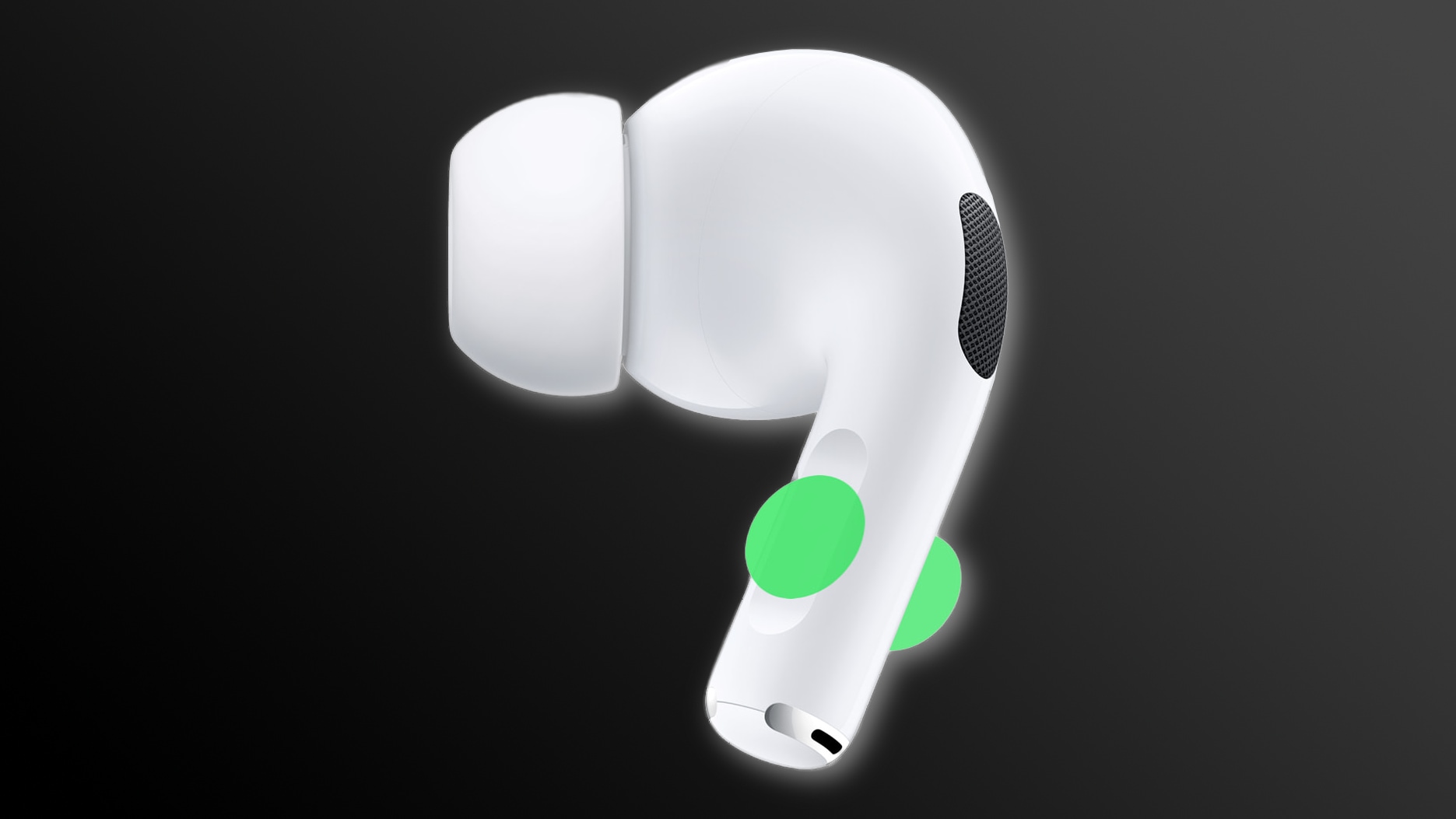
iOS 17 lets you press a stem on your AirPods to mute or unmute yourself on calls. The handy tweak works on all iPhone models compatible with iOS 17 but not on the first and second-generation AirPods which lack pressure sensors to detect presses.
9. Live voicemail
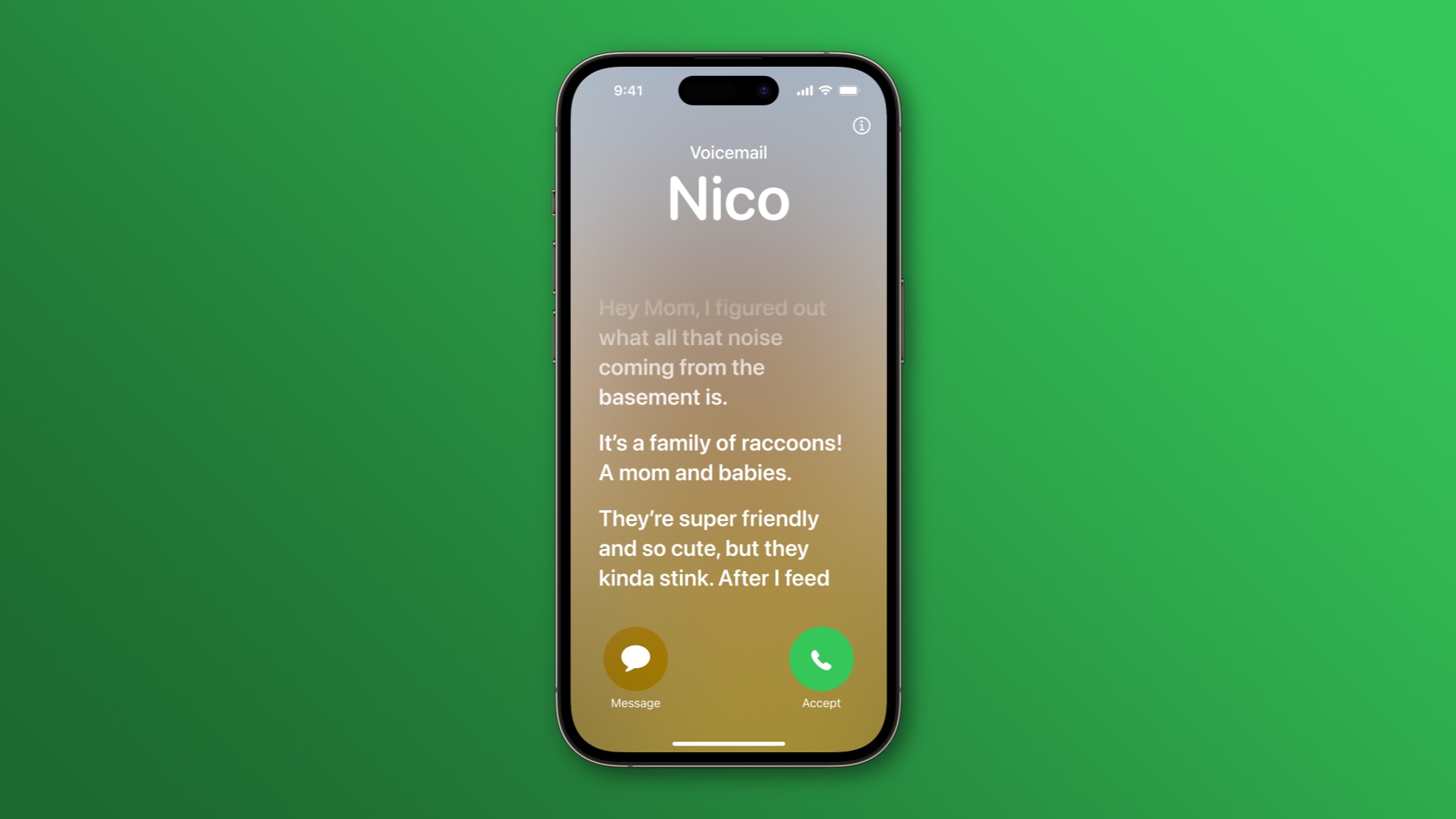
iOS 17 lets you leave an audio or video message if the other party doesn’t answer your call. Your device will automatically transcribe the message in real time, too.
This is especially convenient for those times when you get a call from an unknown number. You can leave such calls unanswered and read a live transcription as they’re leaving their voicemail, so you can decide whether to answer the call.
Live voicemail works on all iOS 17 devices in English (US, Canada), meaning you won’t get live voicemail transcriptions unless the caller speaks English.
Will the restricted features become more broadly available?
Apple is constantly expanding features that were initially restricted. You shouldn’t count on it, but there’s a good chance that subsequent iOS updates will expand the availability of language- and region-restricted features.
For example, Siri and Apple Pay were only available to some at launch, with Apple Pay debuting as a US-only feature before expanding internationally.
To see which features in the current iOS and iPadOS versions are available in what countries, visit the company’s iOS and iPadOS Feature Availability page.
The list isn’t updated the same day feature availability changes. For example, eagle-eyed users will typically learn about the expanded availability of a particular feature days or in some cases even weeks before Apple officially updates this page.